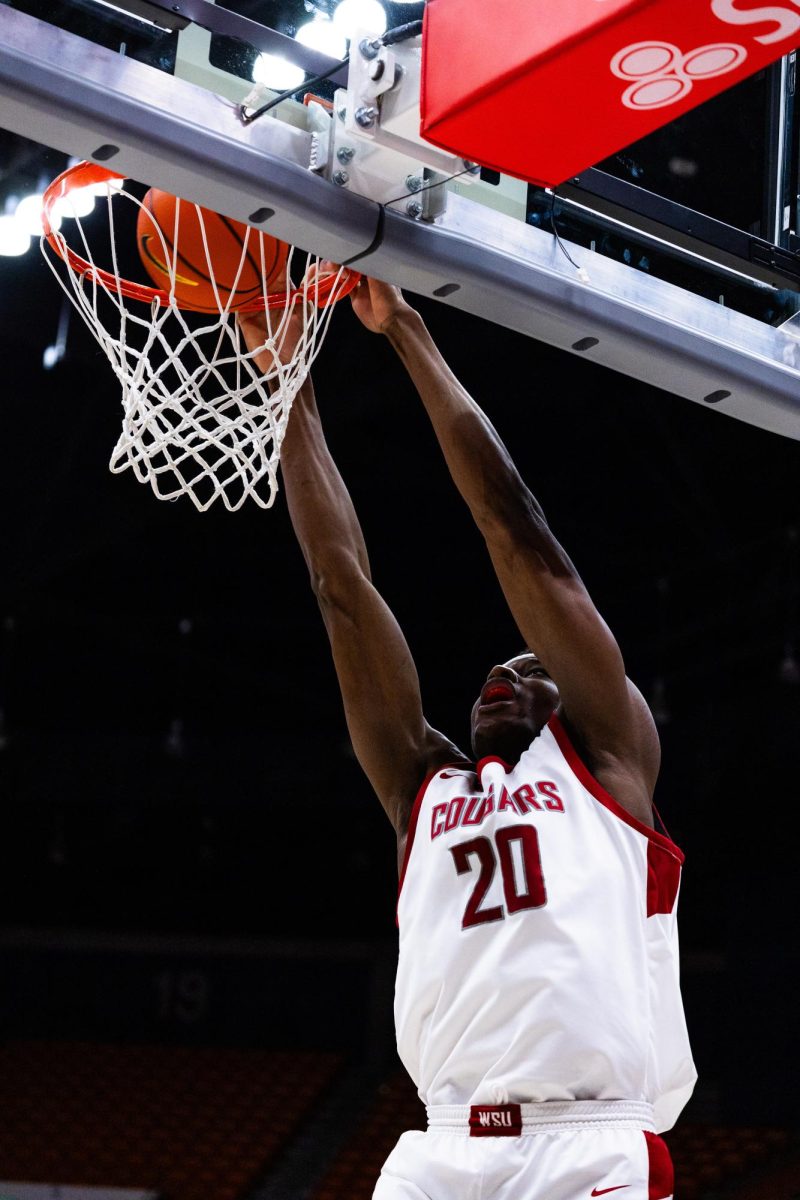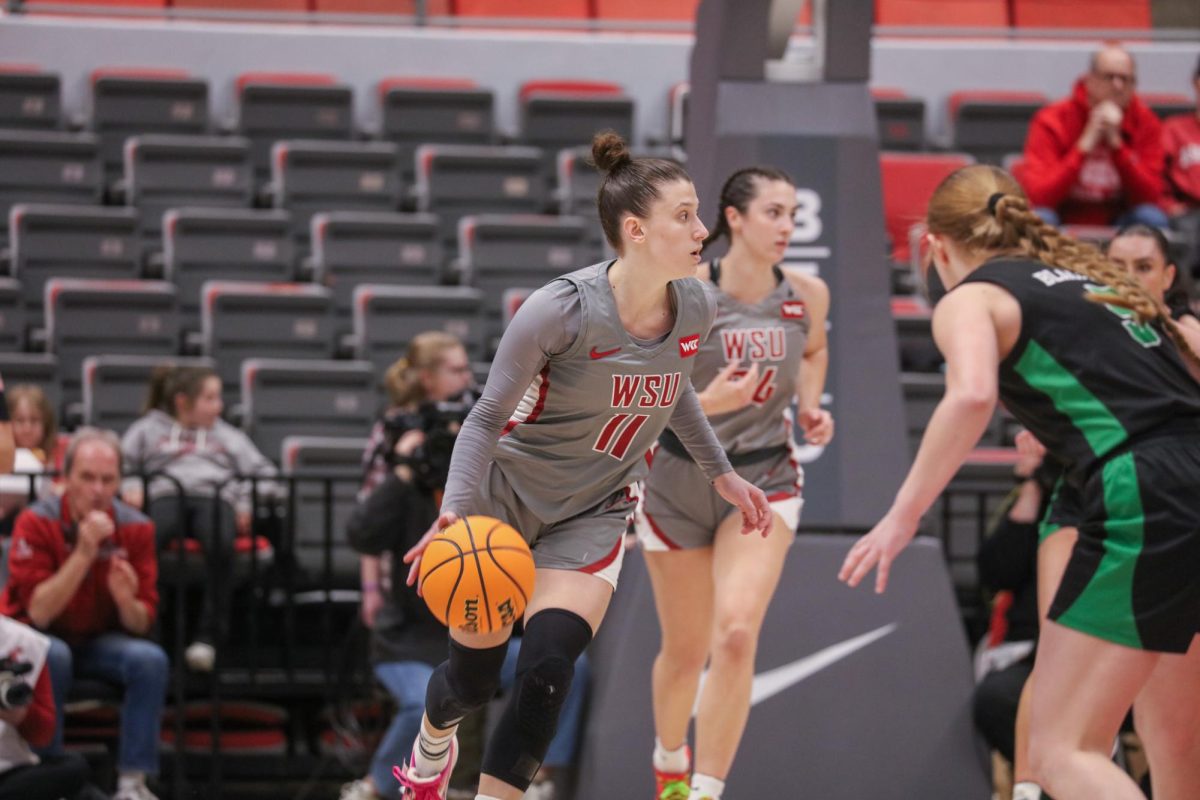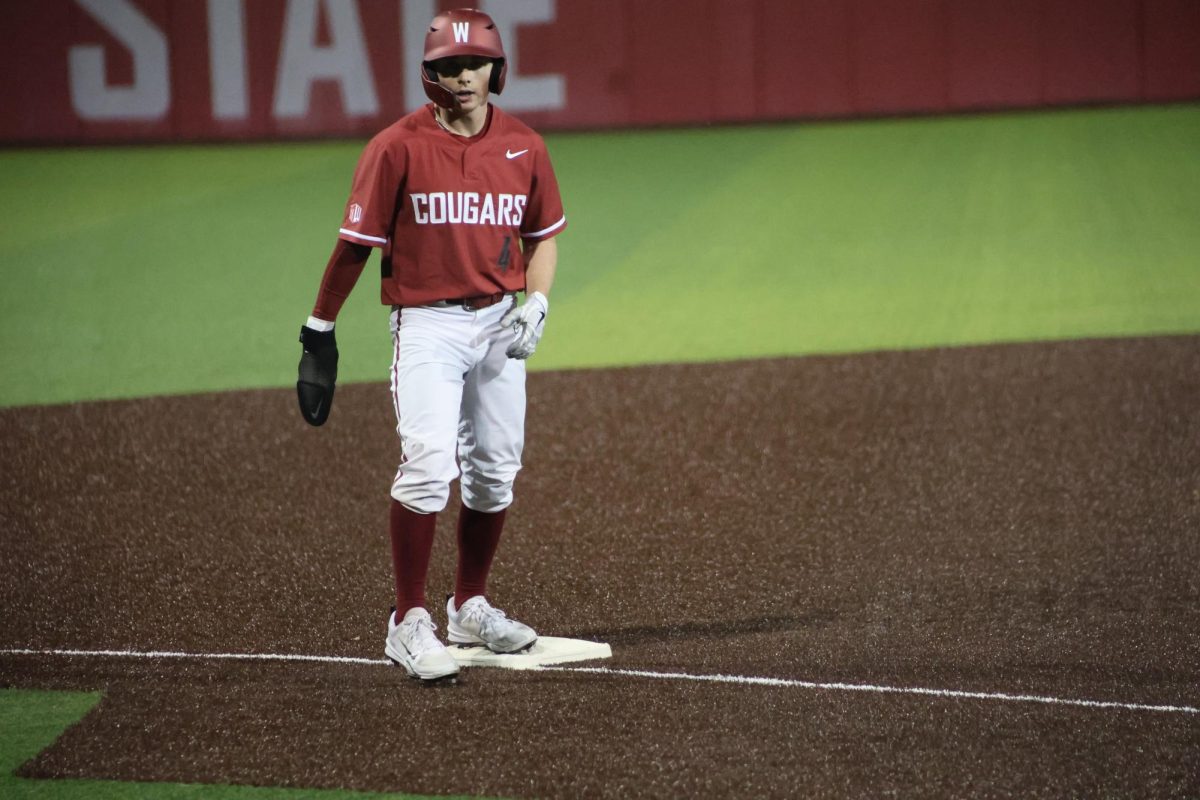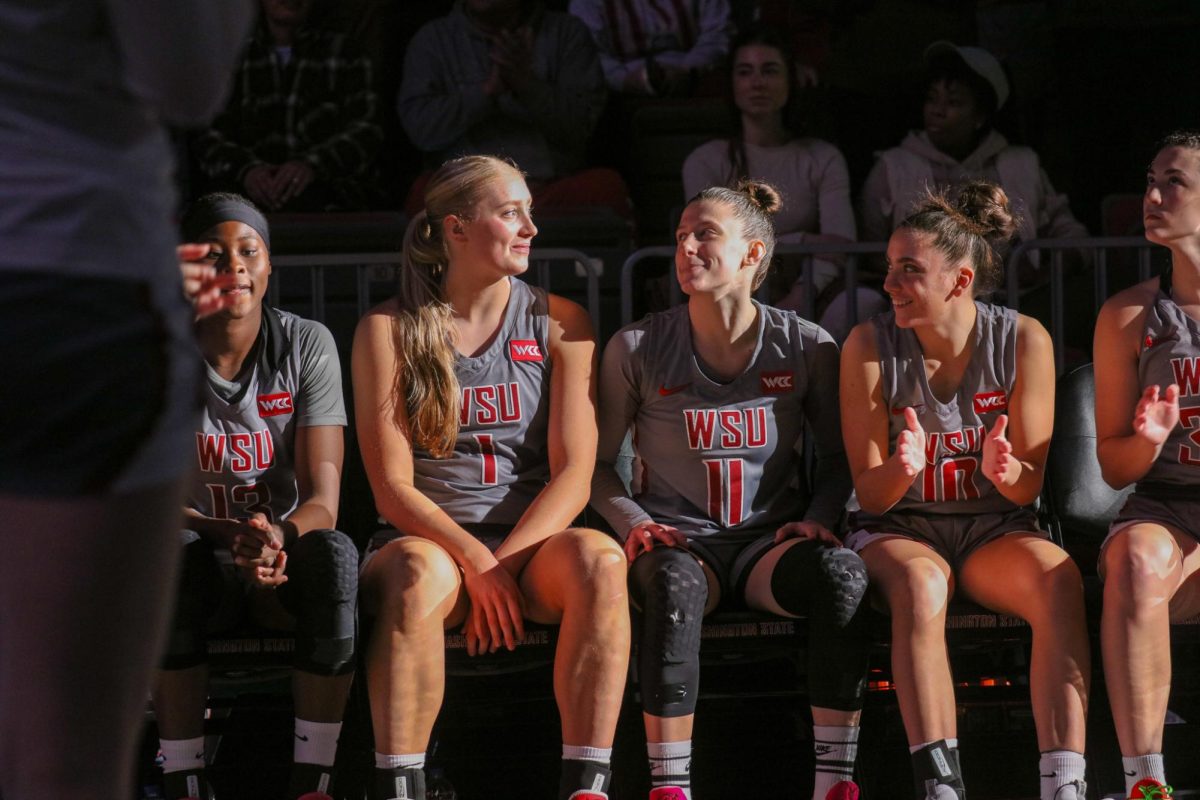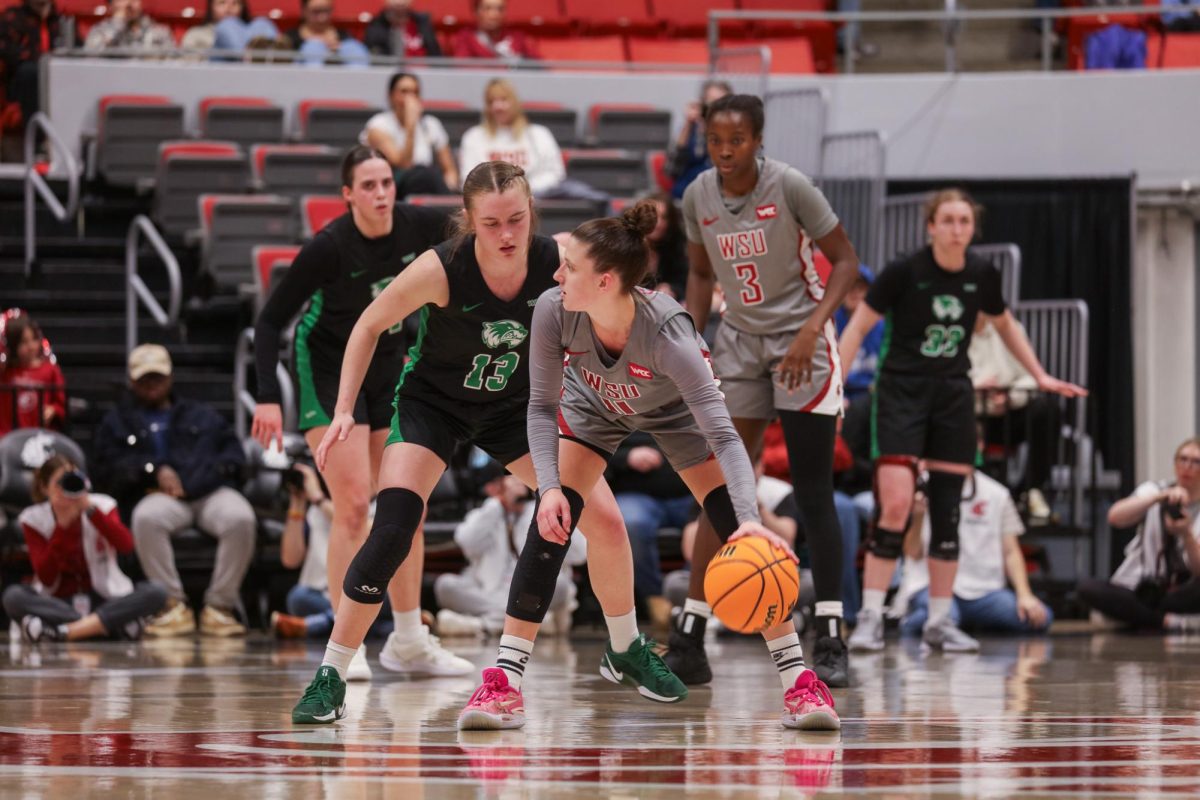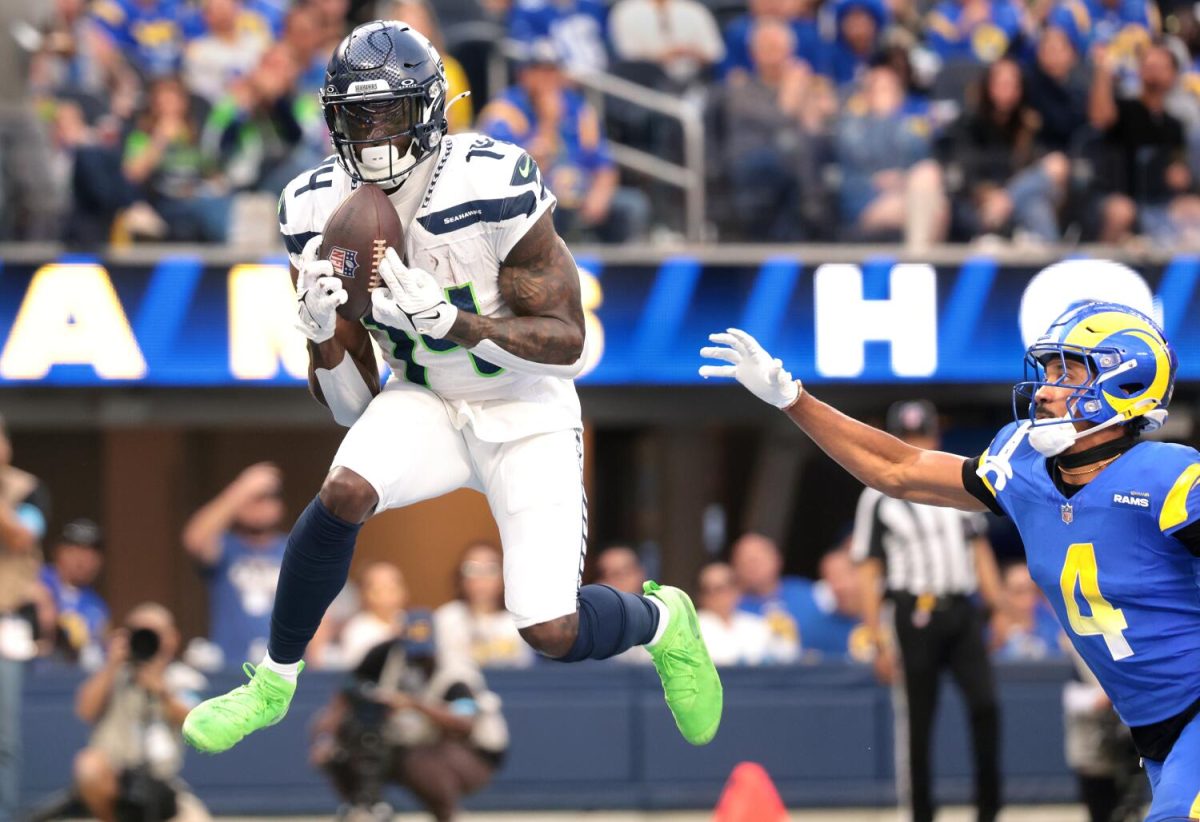This is the first time since 2007 that a team seeded lower than No. 10 did not advance to the Sweet 16.
So, with this year being so chalky, what should we expect?
South
Teams Left: 1 Auburn, 2 Michigan State, 5 Michigan, 6 Ole Miss
The South region is one of the most intriguing regions. Auburn lost three of its last four games entering the tournament and in its first two games it did not meet the level of play that has been expected of Auburn given its recent success. They face a turnover-prone Michigan team who, at their best, is the Big Ten champ with two seven-footers who run a deadly high-low action that can frustrate anyone. It will be interesting to see if Johni Broome and Dylan Cardwell can limit the Wolverines in the paint. If they can they need to force Michigan’s backcourt to create turnovers and limit Tre Donaldson getting to the rim.
The most interesting game of the Sweet 16 is Michigan State against Ole Miss. Ole Miss scored 91 on an Iowa State that gives up on average 68.3 points per game. The Rebels are one of the most balanced teams with six players averaging double digits and they can score at all three levels. Michigan State has played down to expectations the first two games of the tournament and is notorious for not shooting well from three. The Spartans defense needs to limit Ole Miss’s offense because they cannot keep up with them offensively. Of all the Sweet 16 games, this one and BYU are the most likely to have upsets.
West
Teams left: 1 Florida, 3 Texas Tech, 4 Maryland, 10 Arkansas
The West region is the weakest remaining region. Florida and Maryland struggled to get past teams they should have overpowered. The Gators front court showed their inexperience in the tournament and Maryland has one of the best frontcourts left but Junior Ja’Kobi Gillespie and Sophomore Rodney Rice struggled to get the ball into the paint against Colorado State and showed their lack of depth. If the Terrapins can exploit Florida’s youth in the paint, they have a shot at pulling the upset.
Texas Tech proved they can win many ways during the regular season and that bled over to the tournament. In their first-round game against UNC Wilmington, the Red Raiders made 13 three-pointers, which was a program record for a tournament game.
In their second-round matchup against Drake, they only took 14 three-pointers and scored 50 of their 77 points in the paint.
Arkansas saw an inexperienced St. John’s team in the second round and caught the Johnnies sleeping. That will not happen with Texas Tech in the Sweet 16.
East
Teams left: 1 Duke, 2 Alabama, 4 Arizona, 6 BYU
Duke is the clear favorite to win this region to a lot of people, but I do not think it is that clear.
Arizona and Alabama are elite offenses. The Wildcats are 18th in the nation in scoring with 82.2 points per game while the Crimson Tide leads the nation with 90.8 points per game.
The issue with both is defensive. Arizona is 200th in the country, giving up 72.5 points per game, while Alabama is 356th out of 364 teams in Division-I, giving up 81 points per game.
BYU is top 25 in offensive scoring, while also being almost 50 spots higher than Arizona in defensive scoring. The Cougars have the offense to keep up with Alabama and the defense to slow them down enough to win, while also having the length to match Duke.
What makes Duke so hard to beat is their length on defense.
The shortest guy’s BYU play are juniors Dawson Baker and Dallin Hall at 6 feet 4 inches. If anyone can score over Duke’s six feet six guards, it is BYU’s.
Midwest
Teams left: 1 Houston, 2 Tennessee, 3 Kentucky, 4 Purdue
Of all regions, the Midwest is the most mundane one.
Houston proved this season they can maintain the best defense in the country (giving up 58.4 points per game) but have not improved on offense. Last year, they lost to Texas A&M in the second round because they could not match offensively with the Aggies. The same issue carried over to this season. Purdue does not have the firepower to consistently score on Houston’s defense and Tennessee’s one man show offensively with Chaz Lanier is not enough against Houston. Kentucky, and their sixth ranked offense, might have the firepower.
The Wildcats have six players averaging double figures and the bench has stepped up in the tournament. Kentucky also beat Tennessee in the two games during the regular season.
Watch out for Kentucky as a potential dark horse in the Midwest region.
One thing that people still do not understand is the tournament is not about which team is better, it is about individual matchups. The reason I like Ole Miss, BYU and Kentucky is because their strength exploits a lot of weaknesses other teams in their region have.
The smallest player Duke plays is 6 feet 6 inches. It is hard for teams to score over them, so BYU having a 6 foot 9 inch point guard will help them. I do not think BYU is better than Duke, but I do not think Duke has been challenged since their home game against Auburn on Dec. 4. They have not seen a team like BYU when it comes to length.


